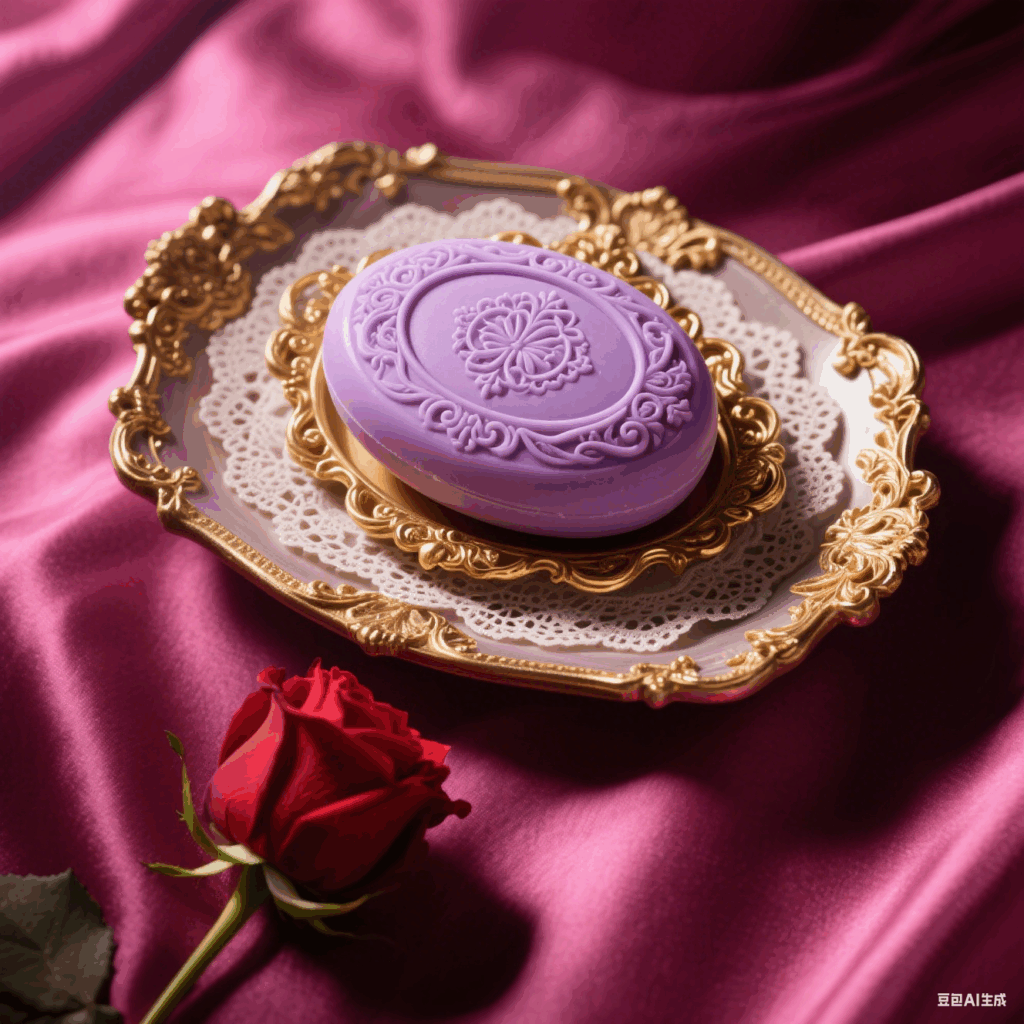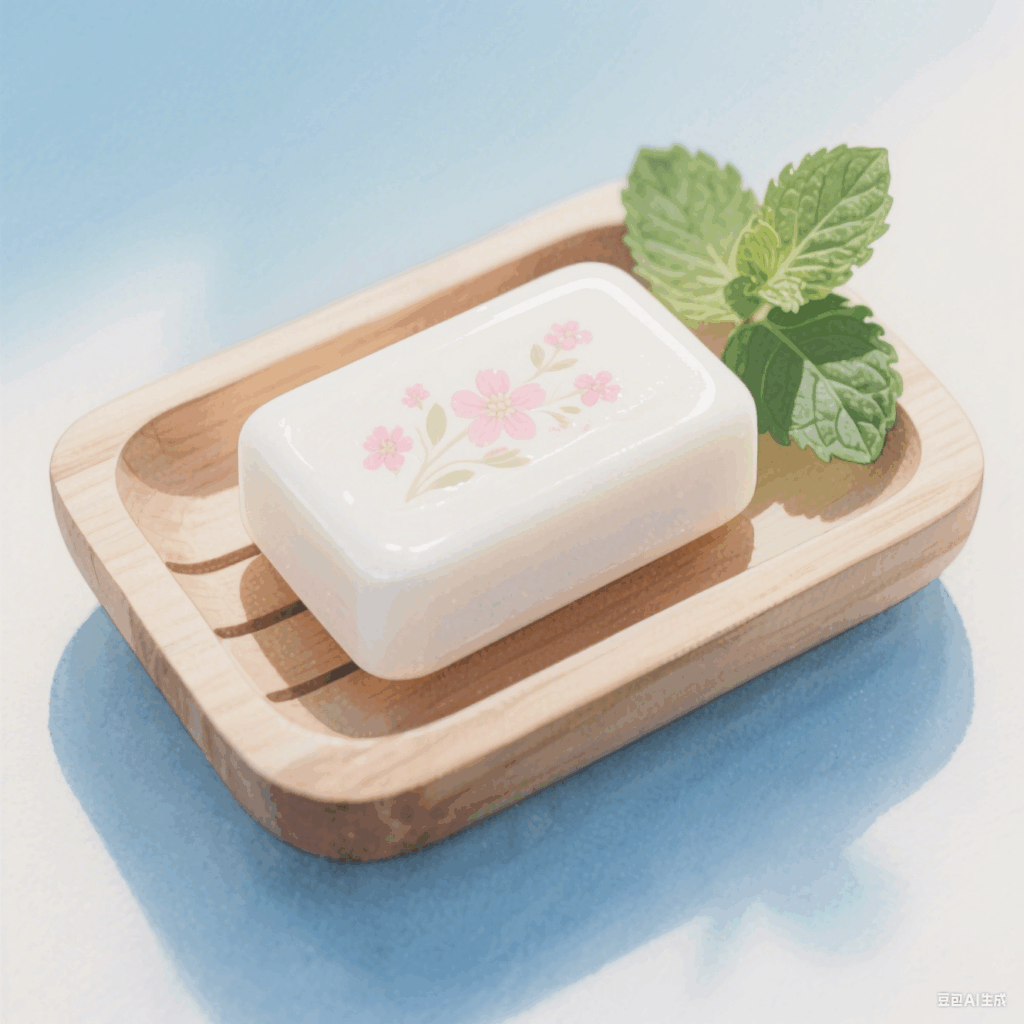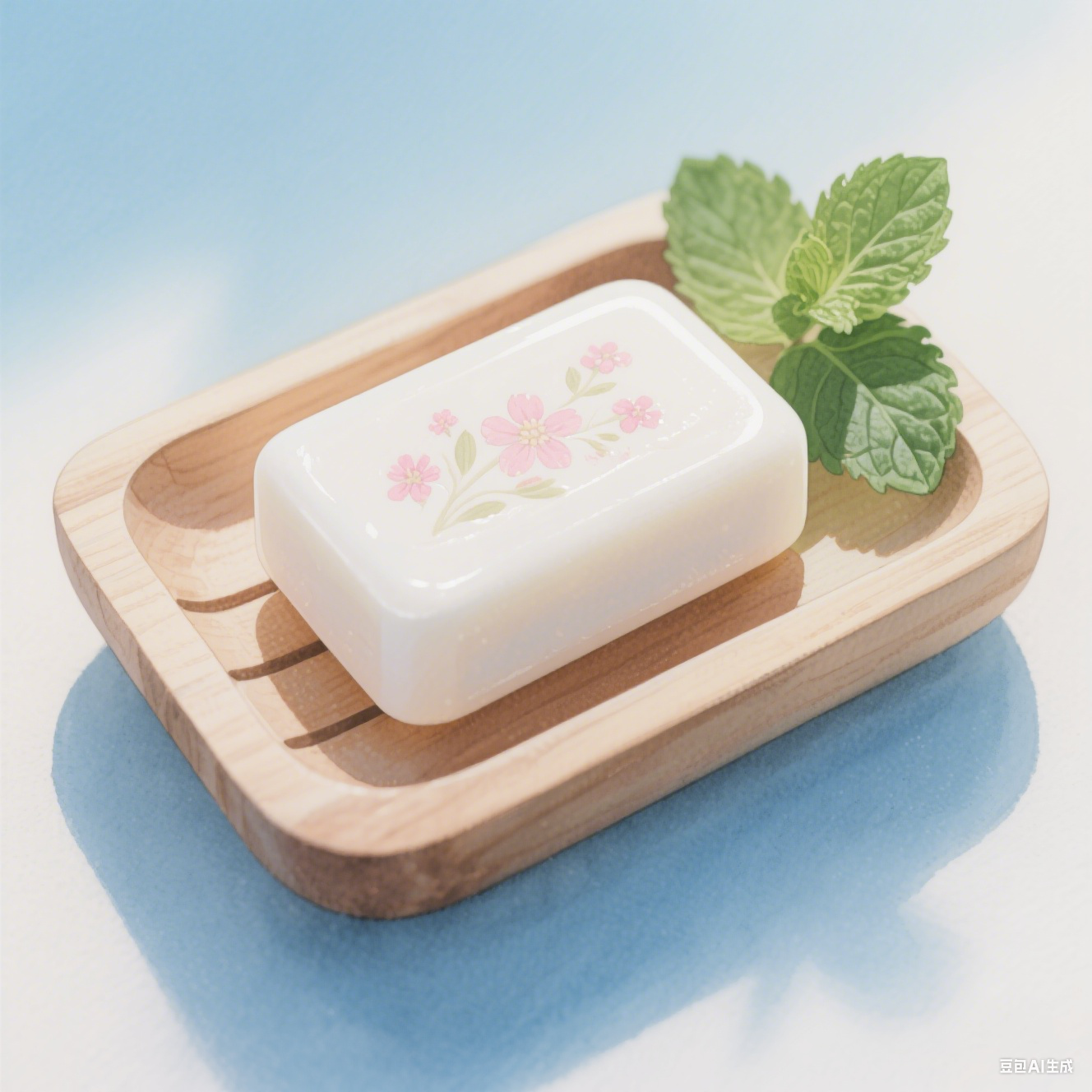Navigating the complexities of international trade can be challenging, especially when it comes to classifying products like soap under the Harmonized System (HS). If you’re seeking accurate HS codes, tariff insights, and classification tips for soap, this article is your go-to resource. From detailed code breakdowns to tariff trends and practical compliance strategies, we’ll unpack everything you need to master soap classification for seamless customs clearance.





Core Soap Classifications in the Harmonized System
Soap, a universal household and industrial essential, falls under Chapter 34 of the HS Code framework, covering “Soap, organic surface-active agents, washing preparations, and related products.” Let’s explore the specific codes and their applications for different soap types:
Key HS Codes for Soap (CN → US Trade)
| HS Code | Product Description | Tariff Rate | Effective Date |
|---|---|---|---|
| 3401111000 | Soap and organic surface-active products in bar, cake, or molded form (including soap-impregnated materials like paper), intended for toilet use—specifically covering Castile soap (olive oil-based, known for its mildness). | 55.0% | 2025-05-12 |
| 3401115000 | Similar to 3401111000 but applies to non-Castile toilet soaps, including bar soaps, liquid soaps for retail sale, medicated varieties, and soap-coated materials (e.g., paper or felt). | 55.0% | 2025-05-12 |
HS Code Structure Breakdown (3401111000 Example)
- 34: Chapter for soap, surface-active agents, and related products.
- 3401: Subheading for soap and organic surface-active compounds.
- 34011: Soaps in bar, cake, or molded form (excluding liquid variants).
- 340111: Toilet soaps (including medicated types).
- 34011110: Castile soap (olive oil-based).
- 34011150: Other toilet soaps (non-Castile).
Tariff Landscape for Soap Imports (China to US)
Both primary soap codes share identical tariff structures:
- Basic Duty: 0.0% (no base import tax).
- Current Additional Tariff: 25.0% (as of 2025).
- 2025 Tariff Update: The additional tariff will increase to 30% after April 2025, raising the total effective rate to 55%.
Strategic Tip: Importers should adjust 2025 budget projections for the tariff hike and consider pre-importing inventory before the rate change.
Soap Fundamentals: Types, Ingredients, and Applications
Accurate classification starts with understanding your product’s characteristics. Here’s a concise overview:
What Defines Soap?
Soap is a fatty acid salt formed via saponification—when fats/oils react with an alkali (e.g., sodium hydroxide). Its cleaning power comes from emulsification: hydrophobic (oil-attracting) tails bind to grease, while hydrophilic (water-attracting) heads enable rinsing.
Diverse Soap Categories
- Bar Soap: Solid, often milled for texture or enriched with glycerin (moisturizing).
- Liquid Soap: Diluted soap base with humectants, ideal for handwashing.
- Castile Soap: Olive oil-based, eco-friendly, and gentle (HS code 3401111000).
- Medicated Soap: Contains active ingredients (e.g., sulfur for acne, salicylic acid).
- Specialty Soaps: Exfoliating (oats/seeds), shaving, or novelty designs (shaped/colored).
Key Ingredients
- Traditional: Animal fats (tallow), vegetable oils (palm, coconut, olive).
- Modern: Synthetic detergents, glycerin (moisturizer), fragrances, colorants.
End-Use Scenarios
- Personal Care: Handwashing, bathing, facial cleansing.
- Laundry: Fabric cleaning.
- Household: Dishwashing, floor care.
- Industrial: Lubrication, manufacturing processes.
Essential Classification Tips for Soap Importers
- Identify Your Soap’s Type
- Confirm if it’s Castile soap (3401111000) or another variety (3401115000). Castile soap must be olive oil-based to qualify for the specific code.
- For liquid soaps: Ensure they’re packaged for retail sale (e.g., in bottles) to fit under these codes.
- Document Ingredients & Form
- Provide a detailed ingredient list, especially for medicated or specialty soaps.
- Include product specs (form: bar/liquid; intended use: toilet/industrial).
- Prepare for Tariff Shifts
- The additional tariff will rise to 30% post-April 2025. Update pricing models and explore duty mitigation (e.g., free trade agreements).
- Verify Certification Requirements
- Some markets mandate safety certifications (e.g., FDA for medicated soaps in the US, EU’s Cosmetic Product Notification Portal).
Common Soap Classification FAQs
- Q: Can liquid soap use HS codes 3401111000 or 3401115000?
A: Yes, if it’s in liquid/cream form for retail sale (e.g., hand soap bottles). Industrial liquid soaps may fall under different codes. - Q: How does medicated soap affect classification?
A: Medicated soaps still use 3401111000/3401115000 for toilet use. Declare active ingredients (e.g., salicylic acid) for customs. - Q: How to classify soap in gift sets?
A: If soap is the primary product, use the relevant code. For mixed sets, classify under the “heading of the principal component.”
Master HS Coding for Seamless Trade Operations
Accurately classifying soap under HS codes 3401111000 (Castile) or 340111500 (other toilet soaps) is critical for avoiding customs delays and cost overruns. By understanding code structures, tariff trends, and product specifics, you can navigate international trade with confidence.
Ready to deepen your soap HS code knowledge? Explore our trade database for real-time tariff updates, classification tools, and expert support. Stay ahead of the 2025 tariff changes and ensure smooth customs clearance for your soap shipments!
